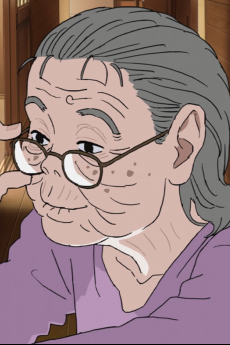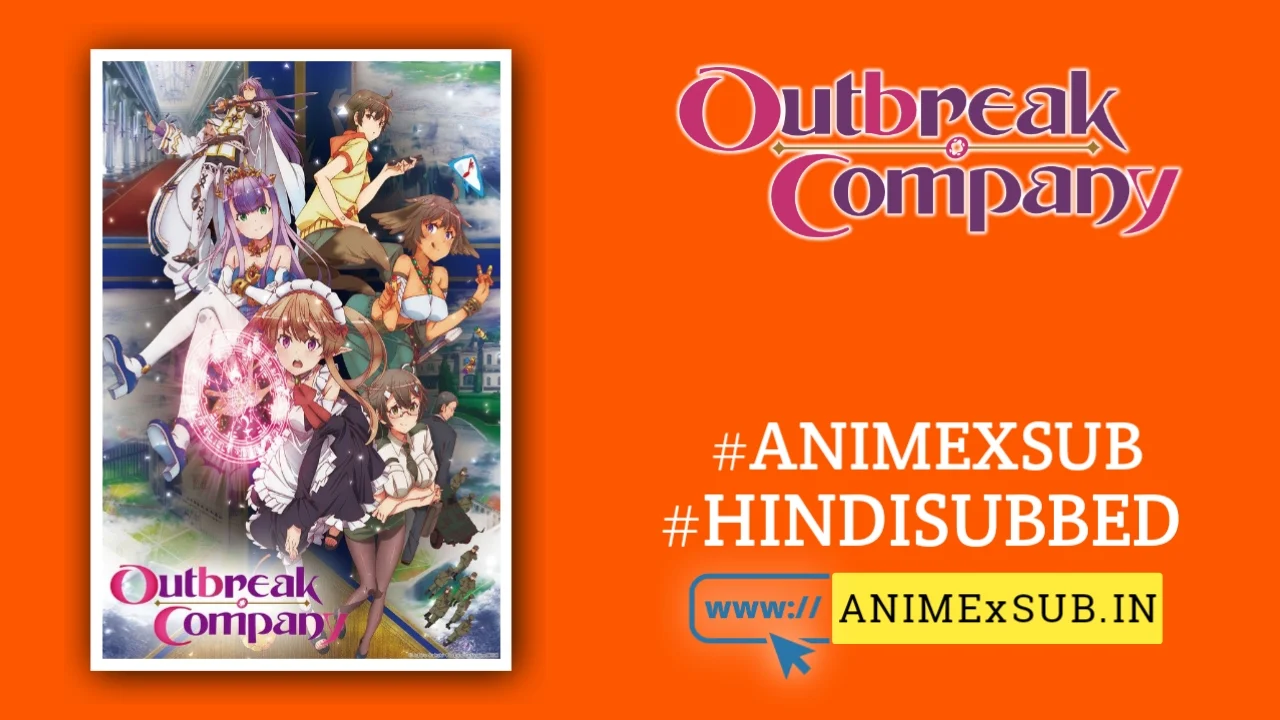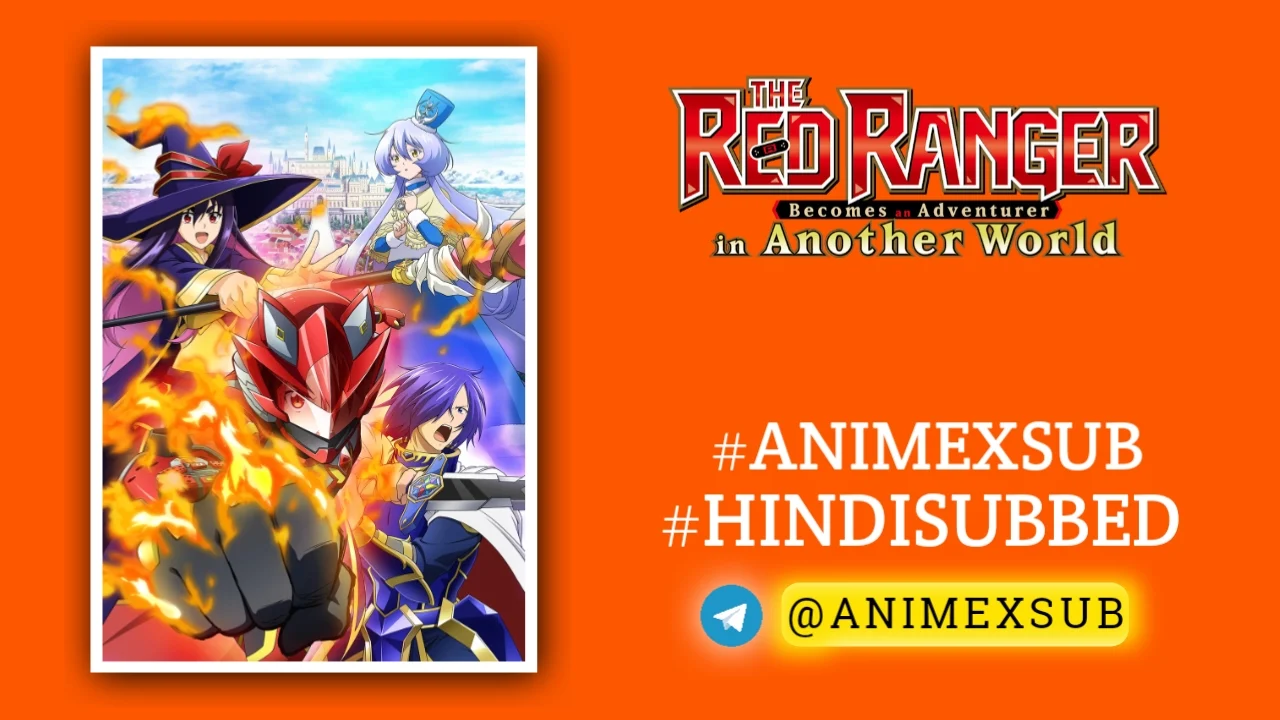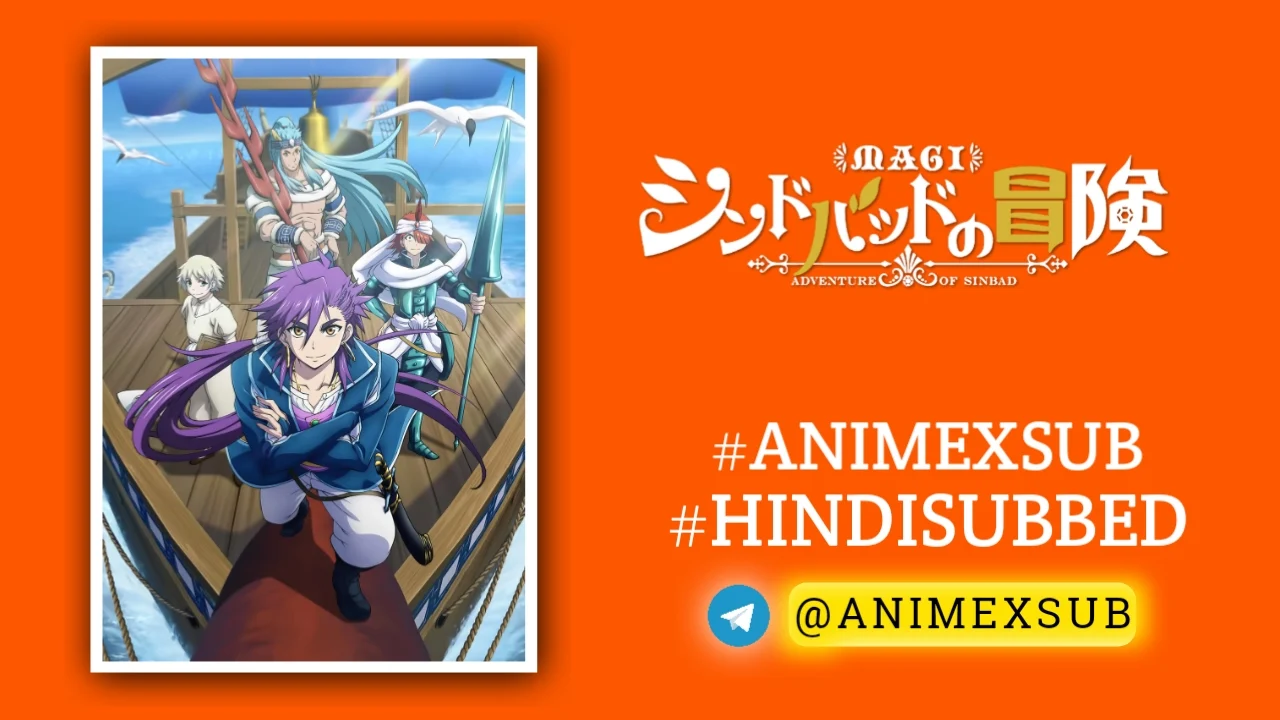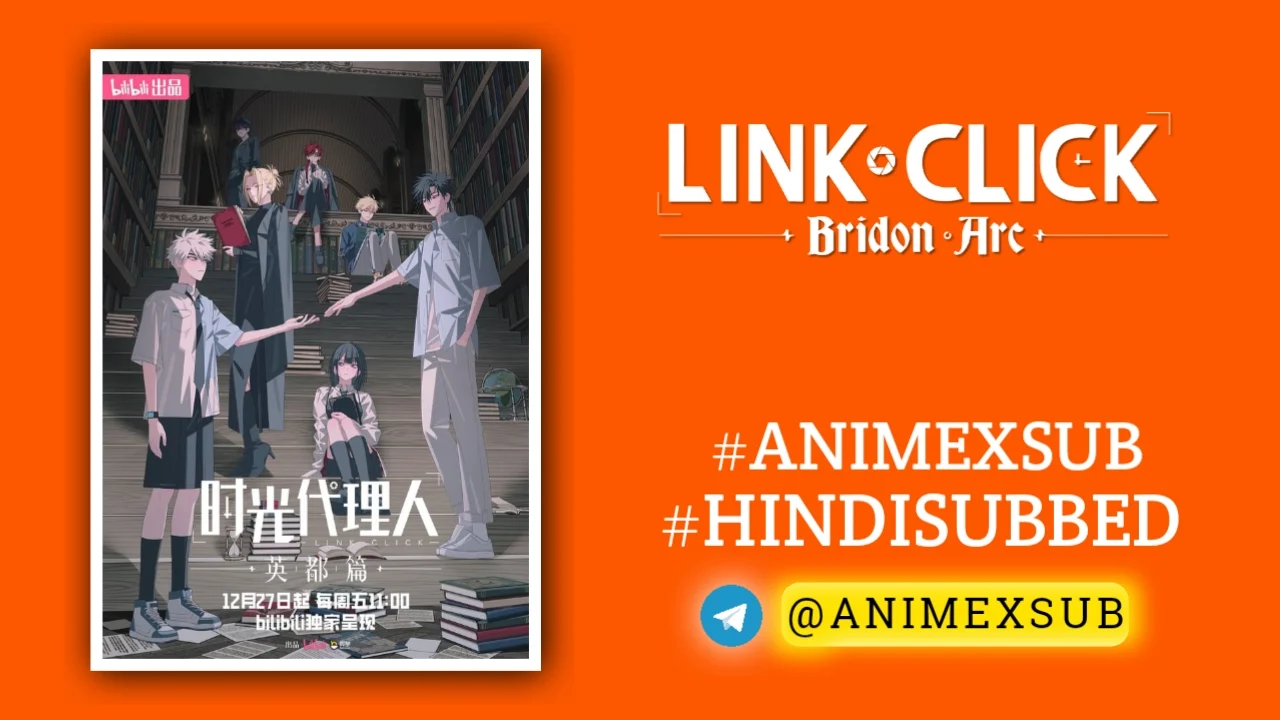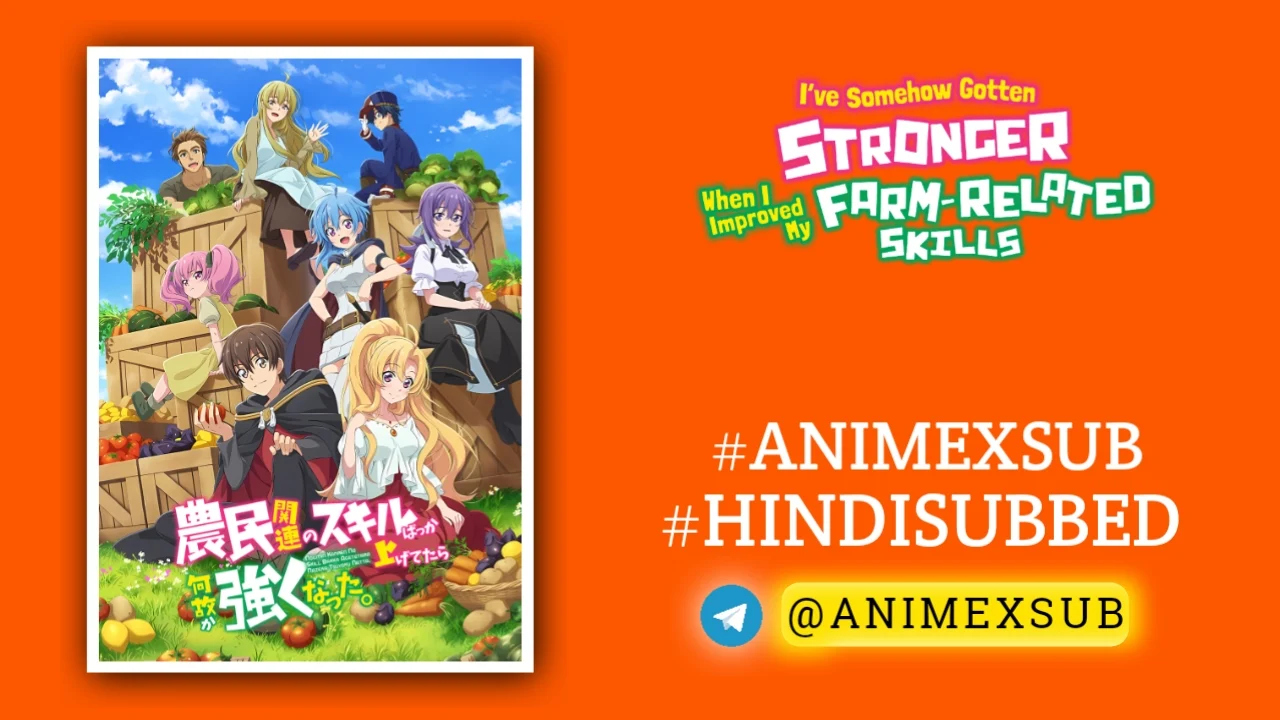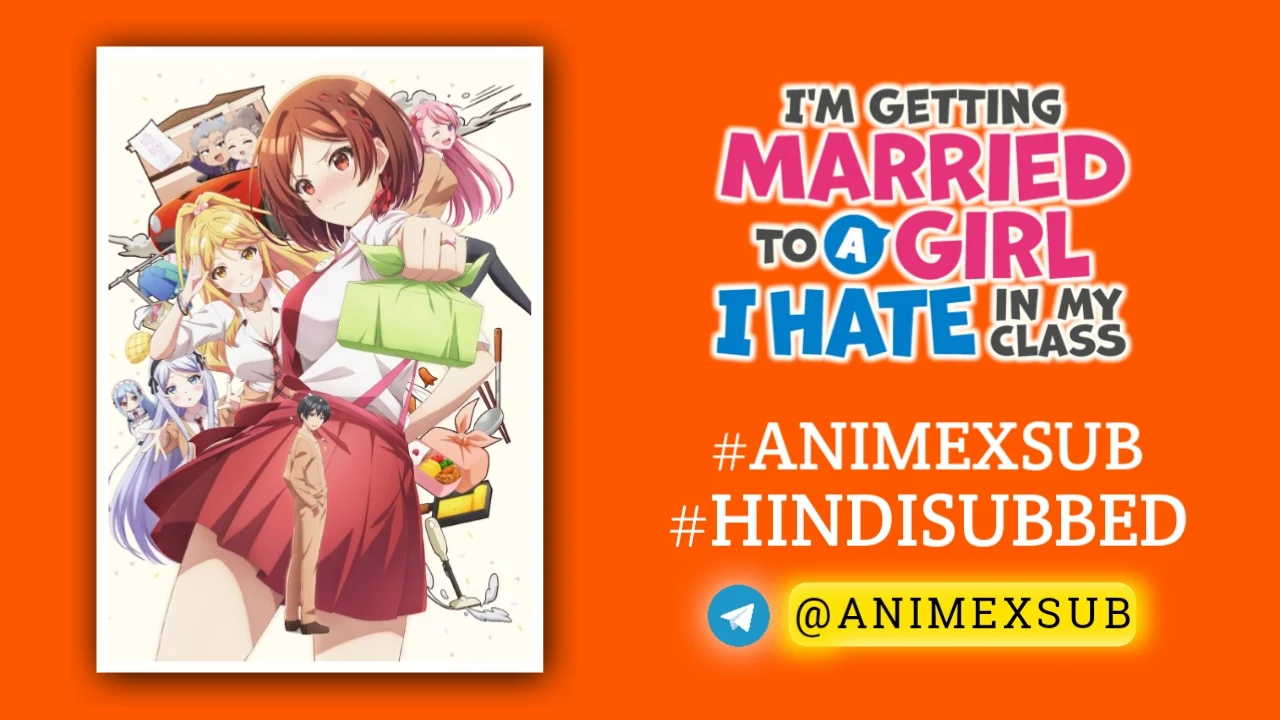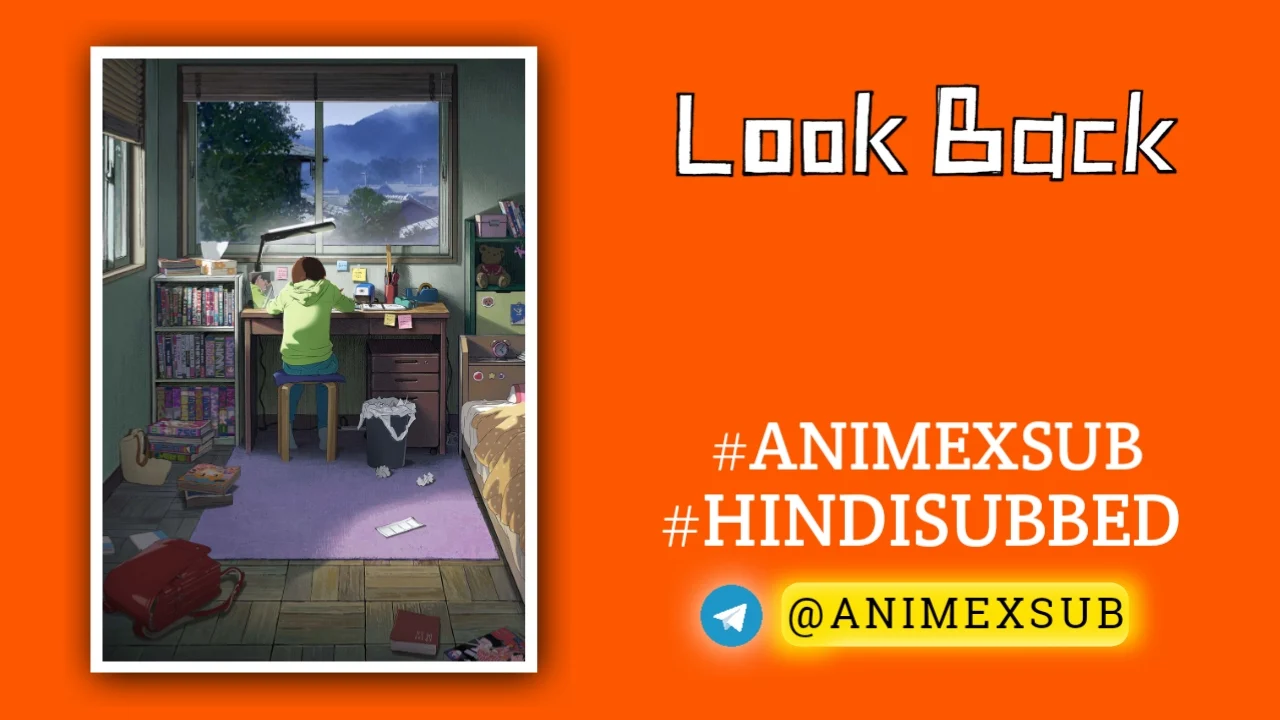
Look Back (2024) Hindi Subbed [Full Movie]

Look Back
LOOK BACKSynopsis
Ayumu Fujino is a fourth grader who draws a manga strip for the school newspaper. Her art makes her the star of the class, but one day she's told that Kyomoto, a student who refuses to come to school, would also like to submit a manga for the paper... (Source: MANGA Plus, edited)
Watch Trailer
Characters
The Next Frontier of Cinema: A Revolutionary Look at the “Look Back” Anime Film and the Evolution of Cinematic Storytelling
In the ever-shifting landscape of global cinema, where blockbusters compete with indie gems and streaming platforms redefine how we consume stories, one film has quietly emerged as a beacon of innovation in 2024: Look Back, the anime adaptation of Tatsuki Fujimoto’s one-shot manga. Directed by Kiyotaka Oshiyama and produced by Studio Durian, this film is not just a movie—it’s a cultural artifact, a storytelling paradigm shift, and a profound meditation on creativity, memory, and human connection. In this article, we’ll dive deep into why Look Back is a next-level cinematic experience, explore its unique contributions to the medium, and reflect on how it fits into the broader evolution of film as an art form. Buckle up—this is not your average movie review.
The Genesis of Look Back: A Story That Defies Convention
At its core, Look Back is a deceptively simple tale. Based on Fujimoto’s 2021 manga, it follows Fujino, a confident young artist, and Kyomoto, her reclusive counterpart, as their shared passion for drawing manga sparks an unlikely friendship. Spanning their childhood to adulthood, the story explores themes of artistic rivalry, personal growth, and the bittersweet nature of memory. But to reduce Look Back to its plot is to miss its brilliance. This is a film that transcends its medium, blending raw emotional depth with a visual and narrative language that feels wholly new.
What makes Look Back unique? For starters, it’s a masterclass in economy. Clocking in at just under an hour, the film delivers a narrative punch that rivals epics three times its length. Fujimoto, known for his raw, anarchic storytelling in Chainsaw Man, strips away excess in Look Back, crafting a story that feels both intimate and universal. Oshiyama’s adaptation amplifies this by leveraging animation’s limitless potential—something live-action could never achieve with the same fluidity.
A Visual Symphony: Animation as an Emotional Conduit
Animation has long been a medium capable of bending reality, but Look Back takes this to uncharted territory. Studio Durian, a relatively new player in the anime industry, crafts a visual style that feels like a love letter to both traditional hand-drawn animation and cutting-edge digital techniques. The film’s aesthetic oscillates between soft, pastel-hued nostalgia and stark, almost surreal moments of emotional intensity. Scenes of Fujino and Kyomoto drawing together are rendered with such tactile detail—pencils scratching, pages crumpling—that you can almost feel the paper under your fingers.
One standout sequence involves a montage of the girls’ creative process, where the camera zooms into their sketches, transforming static drawings into vibrant, living worlds. This isn’t just animation; it’s a meta-commentary on the act of creation itself, blurring the line between the artist, their work, and the audience. The film’s use of color is equally revolutionary: muted tones evoke nostalgia, while sudden bursts of vivid reds and blues signal emotional crescendos, pulling viewers into the characters’ psyches.
Unlike many anime films that lean on spectacle (Demon Slayer, Jujutsu Kaisen 0), Look Back prioritizes intimacy. There are no grand battles or supernatural stakes—just two girls, their art, and the quiet moments that define a life. Yet, the film feels monumental, proving that animation can convey profound human truths without resorting to bombast.
The Sound of Silence: A Score That Speaks
The auditory experience of Look Back is another feather in its cap. Composer Haruka Nakamura crafts a minimalist score that blends delicate piano melodies with ambient textures, creating a soundscape that feels like a memory you can’t quite grasp. Silence is used just as effectively—moments of quiet linger, allowing the weight of the characters’ emotions to sink in. In one pivotal scene, the absence of sound amplifies a devastating revelation, making the audience feel the characters’ grief as if it were their own.
This restraint is a bold choice in an era where films often rely on overblown soundtracks to cue emotions. Look Back trusts its audience to feel without being spoon-fed, a testament to its confidence in its storytelling.
Thematic Depth: A Meditation on Art and Loss
At its heart, Look Back is about the power of art to connect, heal, and immortalize. Fujino and Kyomoto’s relationship is a microcosm of the creative process: messy, competitive, and deeply collaborative. The film asks big questions—What does it mean to create? How do we reconcile our ambitions with our limitations? How do we move forward when life takes away what we love?—without offering easy answers. Instead, it invites viewers to sit with these questions, to feel their weight.
The film also grapples with the concept of memory. Its non-linear storytelling, which weaves between past and present, mirrors how we process our own lives. A single image—a sketch, a glance, a shared laugh—can carry the weight of years. Look Back captures this with haunting precision, making it a film that lingers long after the credits roll.
A Cultural Milestone: Why Look Back Matters
Look Back isn’t just a great anime; it’s a pivotal moment in cinema. In 2024, when Hollywood churns out sequels and remakes at an unprecedented rate, and streaming platforms prioritize quantity over quality, Look Back stands as a reminder of what film can be: personal, innovative, and deeply human. It challenges the notion that animation is a “lesser” medium, proving that it can tackle complex emotions with a nuance that rivals the best live-action dramas.
The film also reflects a broader shift in anime’s global influence. Once a niche medium, anime is now a cultural juggernaut, with films like Your Name and Spirited Away paving the way for works like Look Back to reach mainstream audiences. Its success—both critically and at the box office, where it grossed over ¥1 billion in Japan alone—signals a hunger for stories that prioritize substance over flash.
Looking Back: The Legacy of Look Back in Cinema’s Evolution
To fully appreciate Look Back, we must place it in the context of cinema’s past and future. Film has always been a medium of reinvention, from the silent era’s visual poetry to the New Hollywood movement’s gritty realism. Look Back feels like a new chapter in this lineage, one that harnesses animation’s unique strengths to tell stories that resonate across cultures and generations.
Compare it to a film like Citizen Kane (1941), which revolutionized narrative structure with its non-linear storytelling, or 2001: A Space Odyssey (1968), which used visuals to explore existential questions. Look Back is similarly groundbreaking, not because it’s flashy, but because it’s fearless in its simplicity. It dares to be small yet profound, a rarity in today’s blockbuster-driven market.
Looking forward, Look Back sets a high bar for what cinema can achieve. It challenges filmmakers to take risks, to trust their audiences, and to embrace the full potential of their medium. In an age where AI-generated content and algorithm-driven storytelling threaten to homogenize art, Look Back is a defiant cry for authenticity.
The Verdict: A Film That Redefines “Must-See”
Look Back is not just a movie; it’s an experience that redefines what cinema can be. Its innovative visuals, haunting score, and profound themes make it a standout in 2024 and a future classic. For anime fans, it’s a must-see. For cinephiles, it’s a revelation. And for anyone who’s ever poured their heart into creating something, it’s a mirror to your soul.
As we look back on Look Back, we’re reminded that the best films don’t just entertain—they challenge, inspire, and linger. This is a film that doesn’t just tell a story; it invites you to live it.
Where to Watch: Look Back is currently available in select theaters globally and on streaming platforms in Japan. Check local listings or platforms like Crunchyroll for international availability.
Final Rating: ★★★★★ – A masterpiece that redefines anime and cinema alike.
Sources:
- Box office data and release information sourced from web searches, including Anime News Network and Box Office Mojo.
- Insights into Fujimoto’s manga and the film’s production drawn from interviews on X and industry reports.
- Thematic analysis based on viewing the film and its manga source material.
Support Our Anime Community!
Love watching the latest anime? Help us keep uploading new episodes by join telegram channel ❤️
Join Now!




